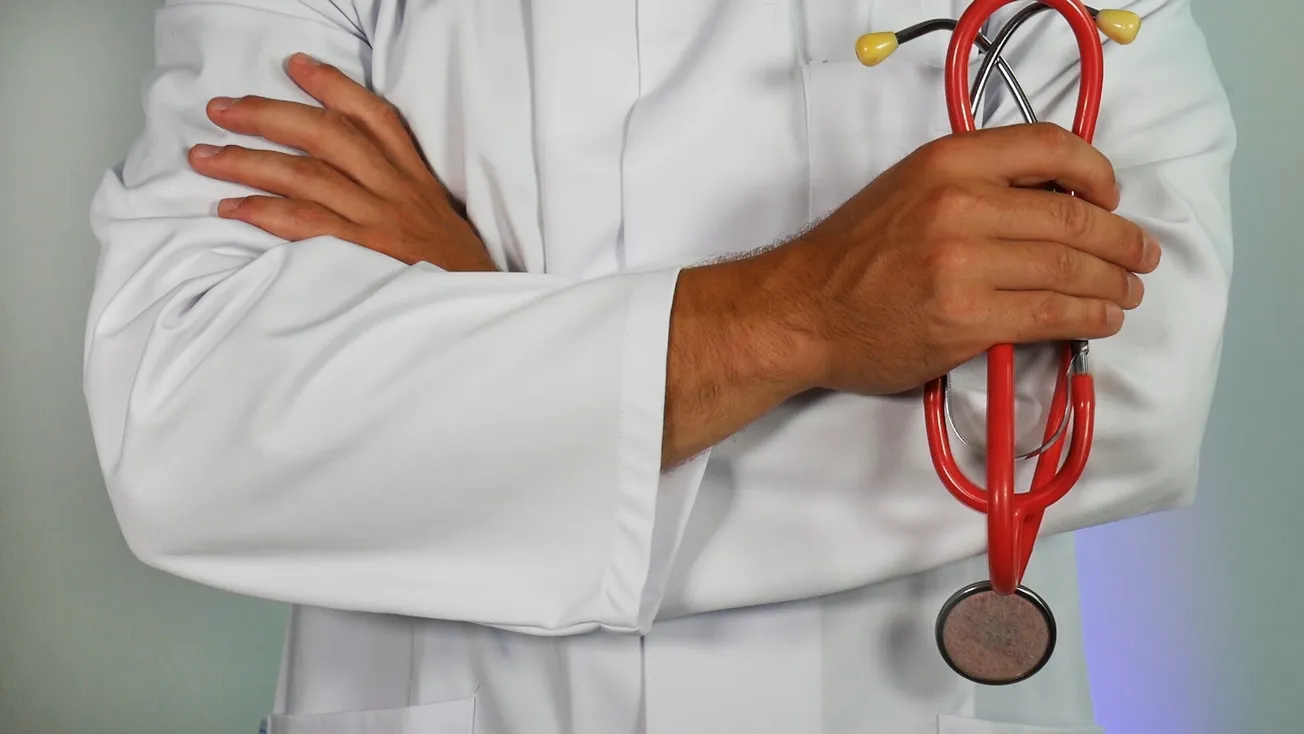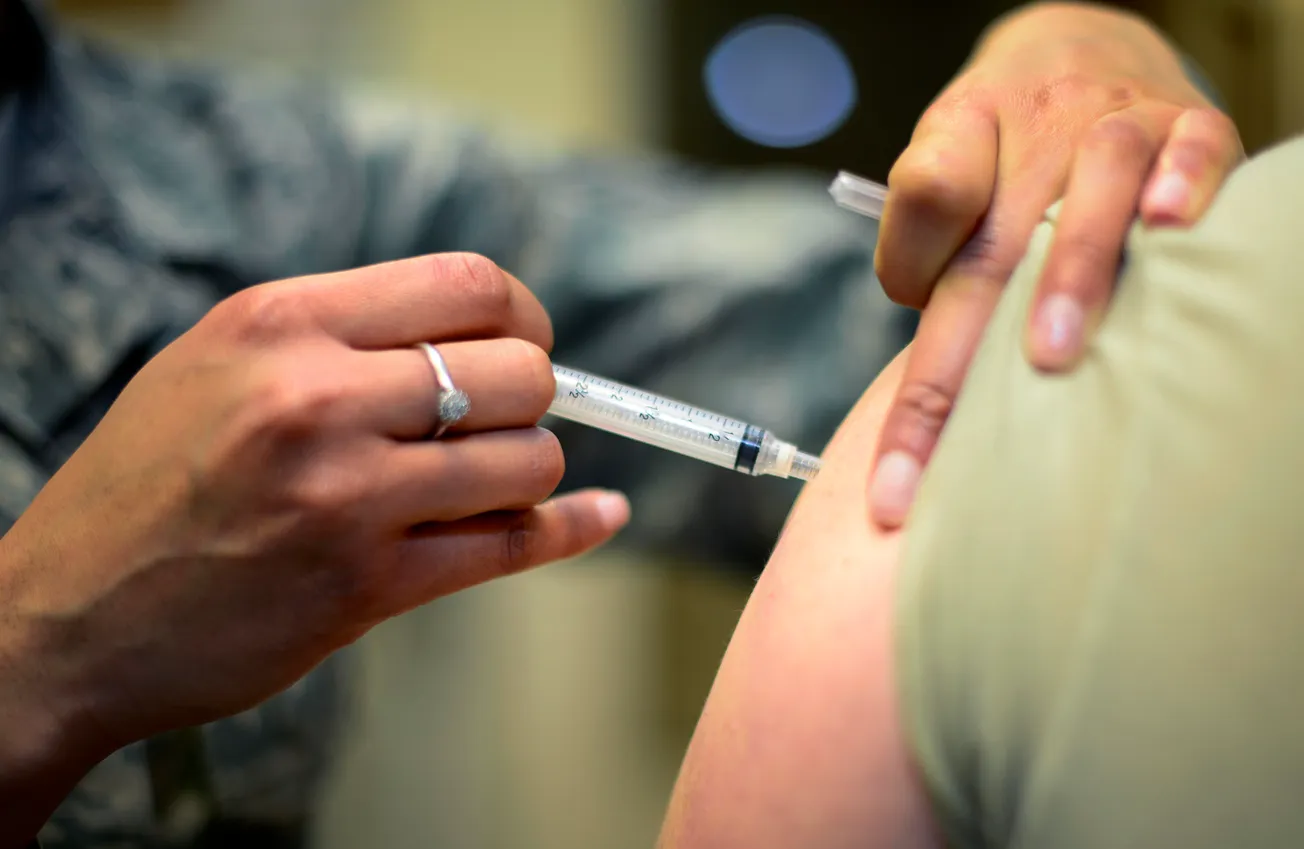
Laurent Sandrin
Nonalcoholic fatty liver disease (NAFLD) is an asymptomatic disease that affects about 100 million Americans. Being overweight, obese or diabetic are primary risk factors for NAFLD, an umbrella term describing those liver diseases that aren’t related to alcohol consumption.
Whereas consumption of too much alcohol over a period of several years is known to damage the liver, NAFLD is directly related to fat accumulation in the liver cells related to other causes, such as obesity or diabetes.
If untreated, NAFLD can lead to more serious conditions such as cirrhosis or scarring of the liver, hepatocellular carcinoma (HCC), or liver cancer. In fact, fatty liver will soon replace viral hepatitis as the leading indicator for liver transplants.
Impact on Liver Transplants
NAFLD/nonalcoholic steatohepatitis (NASH) is a challenging and multisystem disease that has a high socioeconomic impact. It is also a main cause of macrovesicular steatosis and has multiple impacts on liver transplantation (LT), on patients on the waiting list for transplant, on post-transplant settings, as well as on organ donors.
Due to the increased incidence of metabolic syndrome (MetS) and its components, NASH cirrhosis and hepatocellular carcinoma caused by NASH will soon be a major indication for LT. Furthermore, due to an increasing incidence of MetS and, consequently, NAFLD, there will be more steatotic donor livers and fewer high-quality organs available for LT, in addition to a lack of available liver allografts. Patients who have NASH and are candidates for LT have multiple comorbidities and are unique LT candidates.
While the global impact of the disease is alarming, emerging noninvasive screening methods are now available to detect the disease in its earliest stages and in the absence of indications. Early detection allows patients who are at risk to make lifestyle changes that can halt or reverse disease progression.
Impacts Providers and Patients
Introduction of the new FibroScan technology is already generating widespread adoption among leading health care systems. Many expect that this technology will not only transform the approach to diagnosing and monitoring liver disease but will also impact payer programs for population health management.
In the primary care setting, for example, physicians are beginning to utilize this screening as a part of the annual exam, using the information that is generated as a benchmark for making appropriate referrals to specialists, recommending further testing and guiding patients toward lifestyle modifications. Highly sensitive and noninvasive, FibroScan risk-stratifies patients suspected of having liver disease, which is critical for earlier identification of patients who may have the disease, as well as an elevated cancer or cardiovascular risk.
A Food and Drug Administration-cleared point-of-care device to aid in the diagnosis and monitoring of adult patients with liver disease, FibroScan represents a future standard of care for primary care. This innovative technology significantly contributes to improved patient outcomes, helping to identify asymptomatic liver disease before it becomes symptomatic, and providing consistent, quantitative results that can be used to create scores to simplify risk stratification.
For payers, this approach impacts health plan costs, budgeting and allocation of resources, and critical concerns for NAFLD/NASH therapeutic launches. Under fee-for-service care, FibroScan is reimbursed under CPT code 91200.
A FibroScan exam can be quickly performed by an ESNA-certified technician, and the results are interpreted by the health care practitioner. This not only streamlines patient office visits and optimizes physician schedules, it also minimizes expenses for the practice and the payer, as it eliminates the need to engage a technician to perform an ultrasound, consult with a radiologist/specialist for test interpretation or seek recommendations for expensive follow-up testing.
FibroScan also addresses the growing focus on health care consumerism: It’s painless, with no harmful radiation or X-rays, and it can be done in less than 10 minutes. The screening is covered by Medicare, Medicaid and many insurance plans. For patients, normal testing results can bring peace of mind and obviate the need for painful liver biopsy or other testing.
Understanding NAFLD
The liver is responsible for more than 150 bodily functions, including controlling blood sugar levels and producing proteins important for blood clotting. NAFLD is the result of poor eating habits and a sedentary lifestyle. In some cases, the fat in the liver cells builds up to the point where the liver cells swell and eventually cause inflammation. However, usually no symptoms occur at this point.
Persistent inflammation causes scar tissue to form in the liver and in the surrounding blood vessels, known as fibrosis. As the inflammation continues, it leads to NASH — and its most troubling characteristic is its silence. The overall NASH prevalence in the adult population of developed countries has been estimated as high as 12%.
This leads to a more serious stage of the disease called cirrhosis, a permanent scarring of the liver that can lead to liver failure — the No. 1 reason for liver transplants for end-stage liver disease or liver cancer.
Identifying Asymptomatic Patients
Today, physicians utilize FibroScan to accurately measure the amount of liver stiffness and fat. It can help rule out the need for further assessment, like a painful liver biopsy, saving time and resources for patients who don’t require additional assessments.
Surprisingly, new studies that use FibroScan are indicating an even higher prevalence of disease than had been historically observed. An interim look at an ongoing study of 10,000 patients with no history of liver disease was conducted in community-based endoscopy centers. This interim data revealed that only 43% of patients had normal livers, while the remainder were suspected to have some form of liver abnormality, ranging from elevated liver fat to liver fibrosis. This analysis of the first 367 patients suggests a significant rate of undiagnosed steatohepatitis liver disease in the population.
These results underscore the importance of identifying asymptomatic patients who may be at risk for advancing disease for earlier intervention. The high prevalence of disease, a dramatic rise from observations made in previous years, was indicative of the critical need for ongoing assessment.
Best Defense: A Healthy Lifestyle
In the fight against a liver disease epidemic, and in the absence of drugs made specifically to treat NASH, the time has come for greater awareness of NAFLD, earlier detection and lifestyle changes as appropriate for at-risk patients. Registered pharmacists and others in the retail drug environment can play an important educational role in helping patients to understand the importance of liver disease monitoring and take steps to prevent and reverse liver damage.
Laurent Sandrin is the cofounder of Echosens. Echosens is an innovative high-technology company offering a full range of products and services supporting physicians in their assessment and management of patients with chronic liver diseases.









